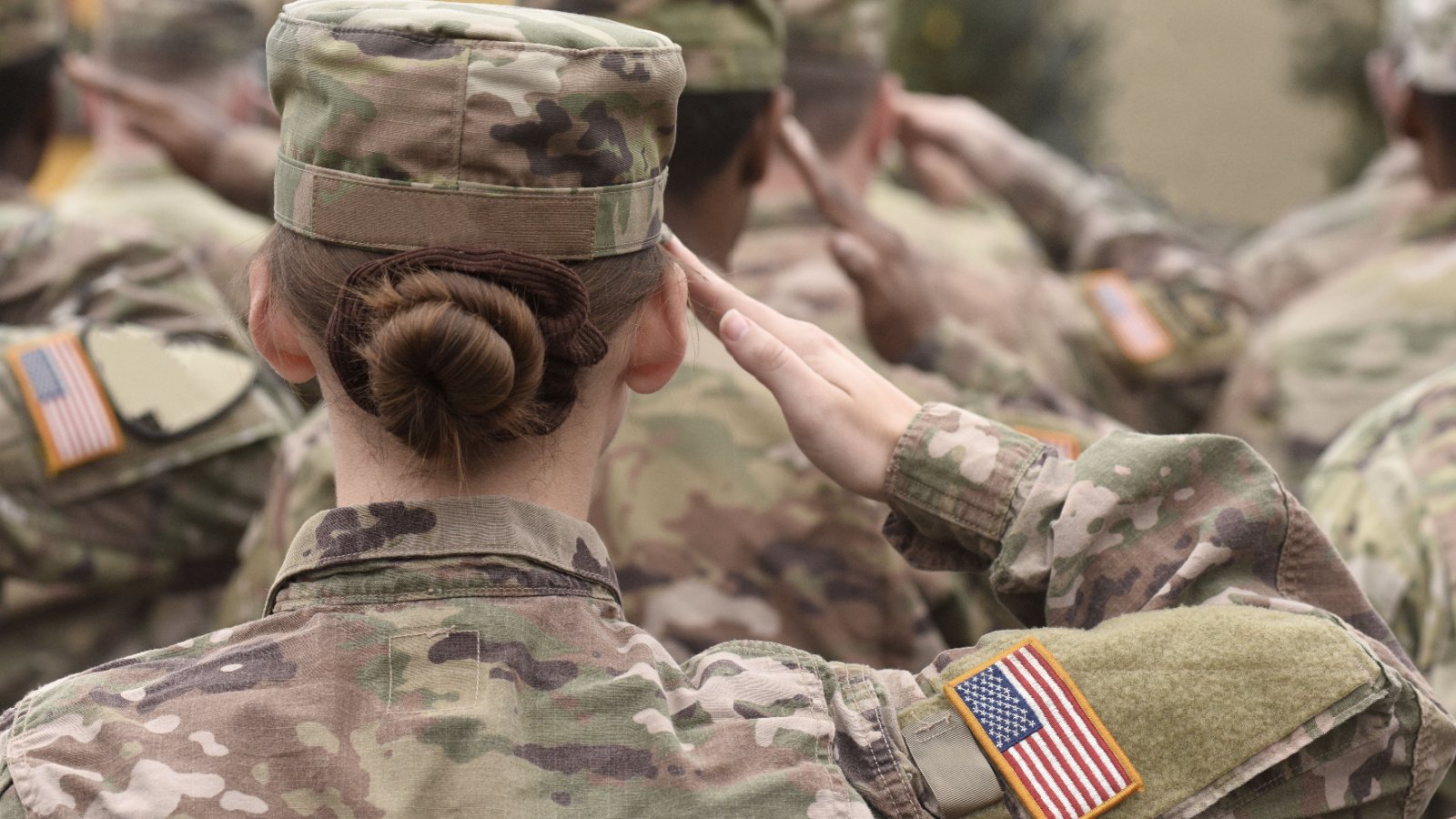Nations wielding considerable military can pose significant threats to global stability and peace. Understanding which countries have the potential to disrupt global order is crucial for assessing future geopolitical landscapes and preparing adequate responses. Let’s take a closer look at the countries with the most powerful militaries in the world.
United States
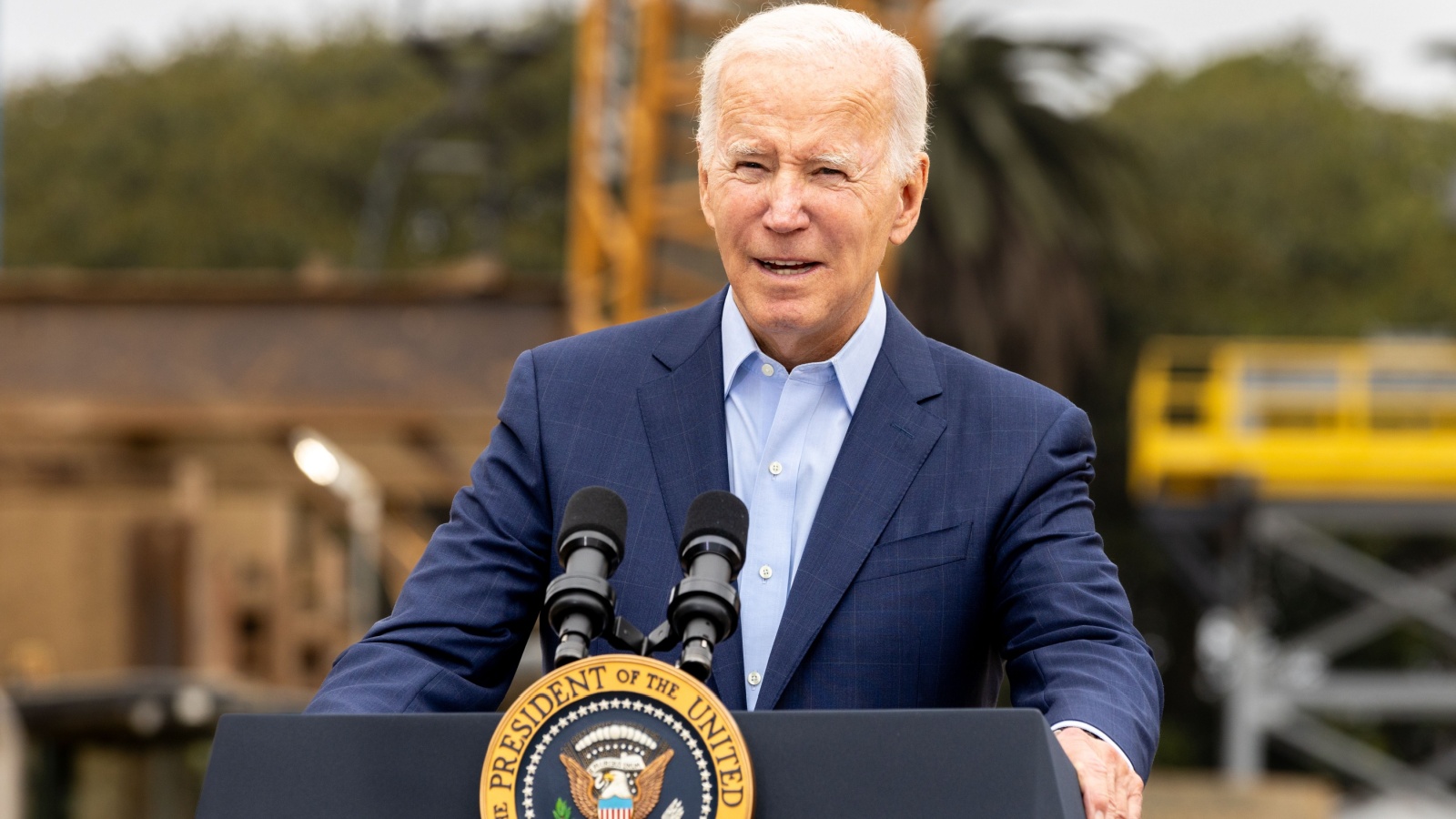
The United States maintains the world’s most powerful military, backed by a staggering defense budget exceeding $700 billion annually. Its global network of military bases and advanced technological capabilities, including nuclear weapons, ensures its strategic dominance. This military prowess, coupled with extensive global interests, positions the US as a formidable force.
China
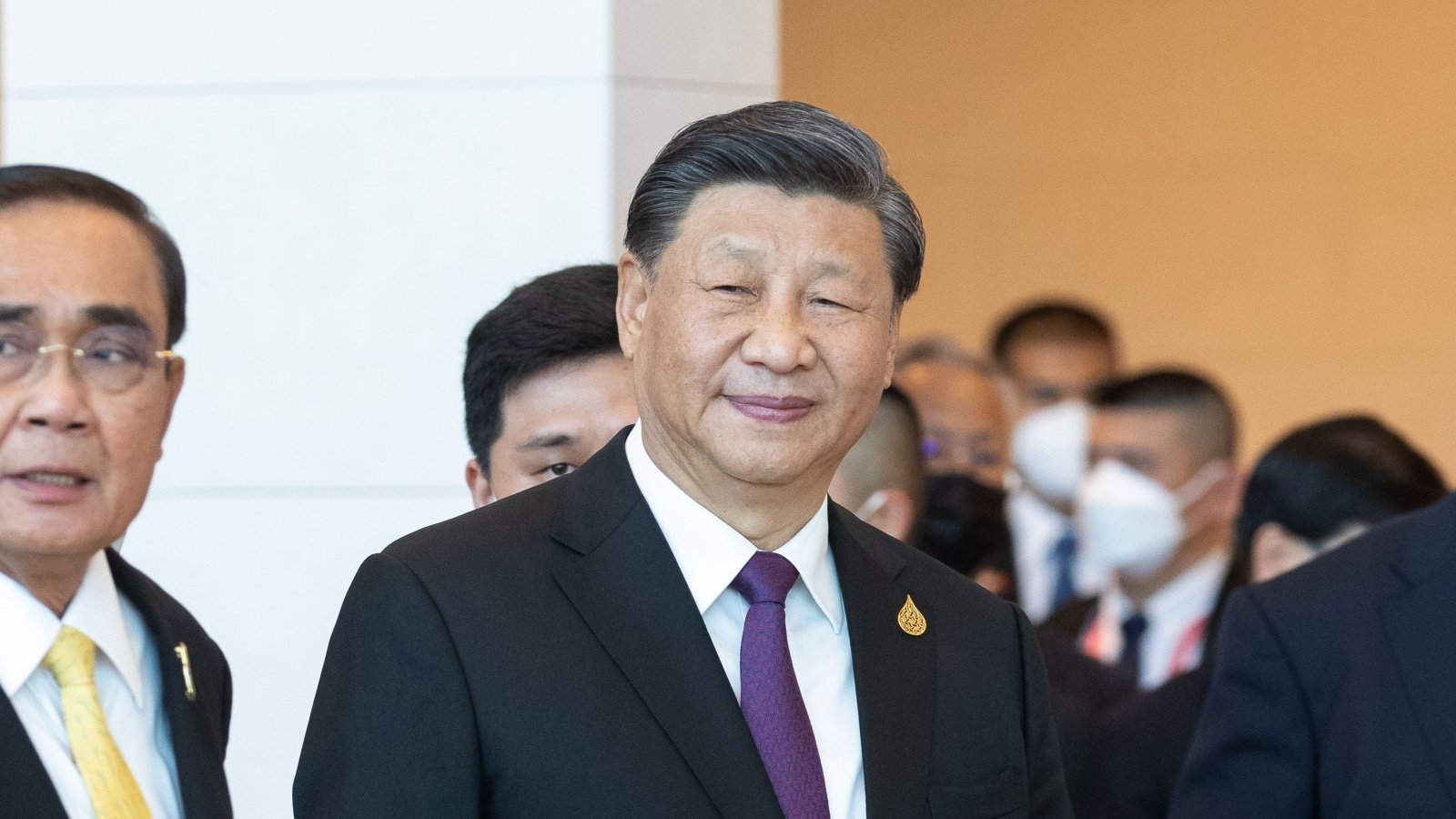
China’s military modernization has rapidly transformed its People’s Liberation Army into a force capable of rivaling the US in power projection. With significant investments in naval, air, and missile technology, China aims to extend its influence in the Asia-Pacific region and beyond. Its ongoing territorial claims in the South China Sea and border tensions showcase its assertiveness.
Russia

Russia retains a vast nuclear arsenal from the Soviet era and has been actively modernizing its conventional forces and nuclear capabilities. Its military interventions in Ukraine and Syria demonstrate its willingness to use force to achieve geopolitical aims. Russia’s aggressive posture and strategic capabilities pose a clear threat to its neighbors and global security.
North Korea
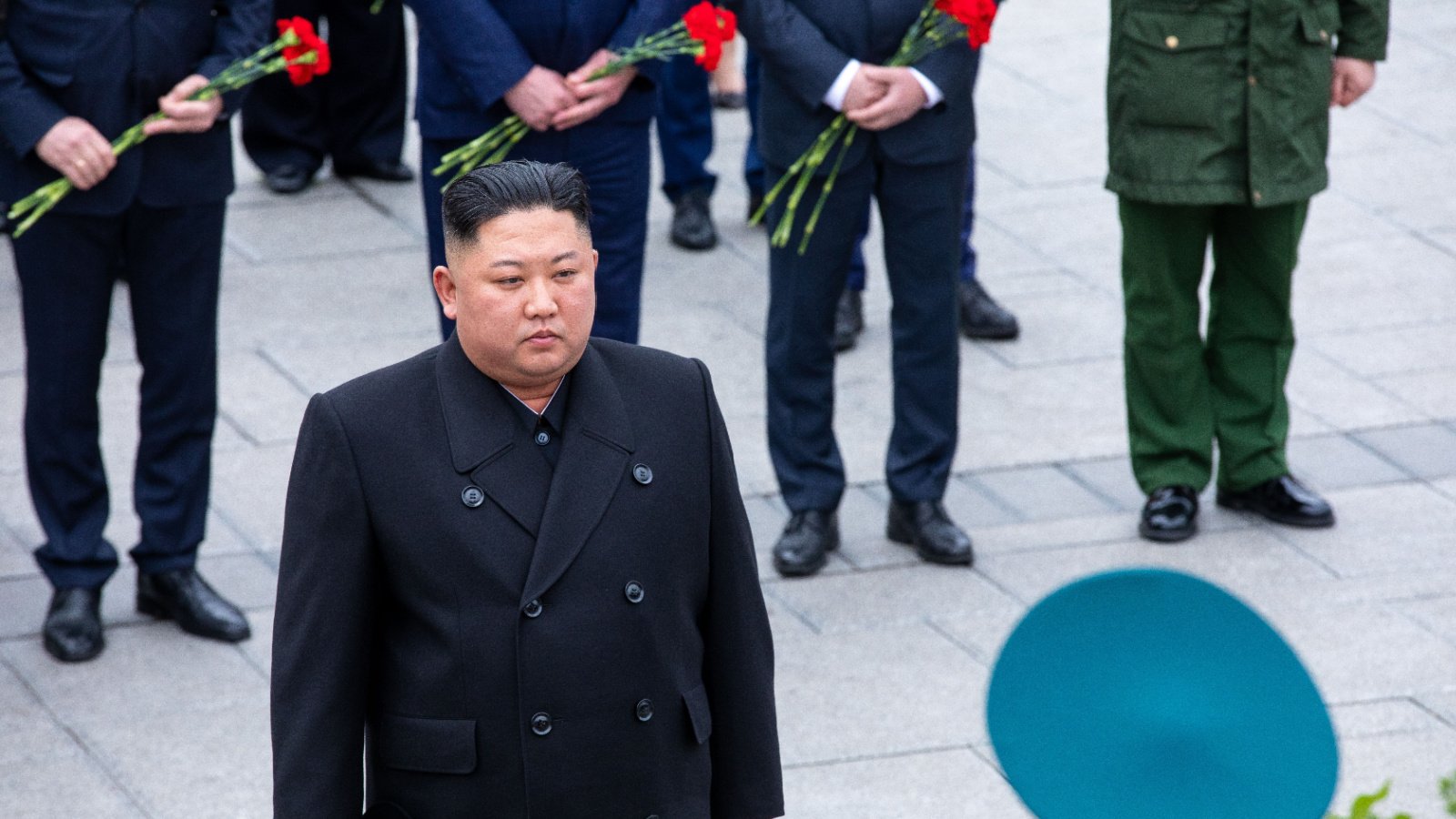
North Korea’s development of nuclear weapons and long-range missiles has been perceived as a direct threat to international peace. Despite its relatively small economy, the country’s military focus prioritizes offensive capabilities aimed at deterring perceived threats, primarily from the US and South Korea. The unpredictable nature of its regime adds to the global security risks.
Iran

Iran’s military strategy focuses on asymmetric warfare capabilities, including a large network of proxy forces across the Middle East. Its ballistic missile program and sponsorship of groups like Hezbollah significantly impact regional stability. Iran’s potential pursuit of nuclear weapons continues to draw international concern and heightens tensions with neighboring countries.
India

India has a rapidly growing military budget and nuclear capabilities. Its strategic rivalry with Pakistan and China compels it to enhance its power projection capabilities. India’s acquisition of advanced defense technology and expansion of its naval fleet underscore its intent to secure its interests in the region.
Pakistan

Pakistan’s military capabilities are heavily influenced by its ongoing conflict with India, with significant resources allocated to nuclear weapons and ballistic missiles. Its strategic use of non-state actors in regions like Kashmir and Afghanistan complicates regional security dynamics. Pakistan’s nuclear arsenal remains a core aspect of its defense strategy, posing a persistent threat.
Turkey

Turkey’s growing military assertiveness under President Erdogan has been marked by interventions in Syria, Libya, and the Eastern Mediterranean. Its pursuit of advanced military technology, including drones and missile systems, enhances its capabilities. Turkey’s complex relationships with NATO allies and regional powers further influence its military strategies.
Israel
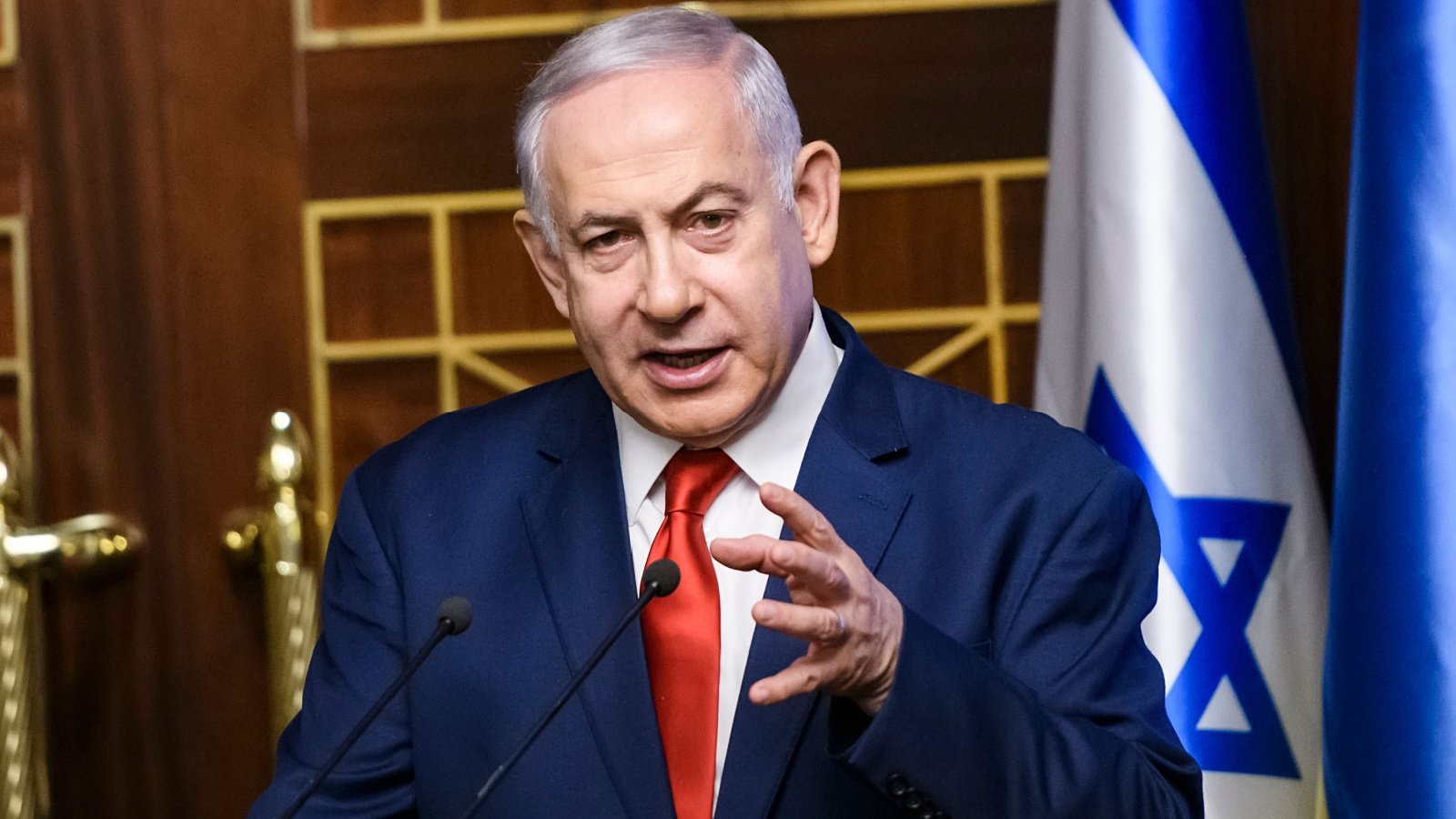
Israel maintains a technologically advanced military with a focus on air superiority and missile defense. Its policy of qualitative military edge in the Middle East ensures it can counter threats from neighboring countries and non-state actors. The possession of undeclared nuclear weapons adds to its strategic deterrence capabilities.
Saudi Arabia

As one of the world’s top military spenders, Saudi Arabia wields significant influence in the Middle East, bolstered by its advanced American-made weaponry. Its involvement in the Yemen conflict and rivalry with Iran demonstrate its regional ambitions. However, internal and regional stability challenges continue to test its military effectiveness.
United Kingdom
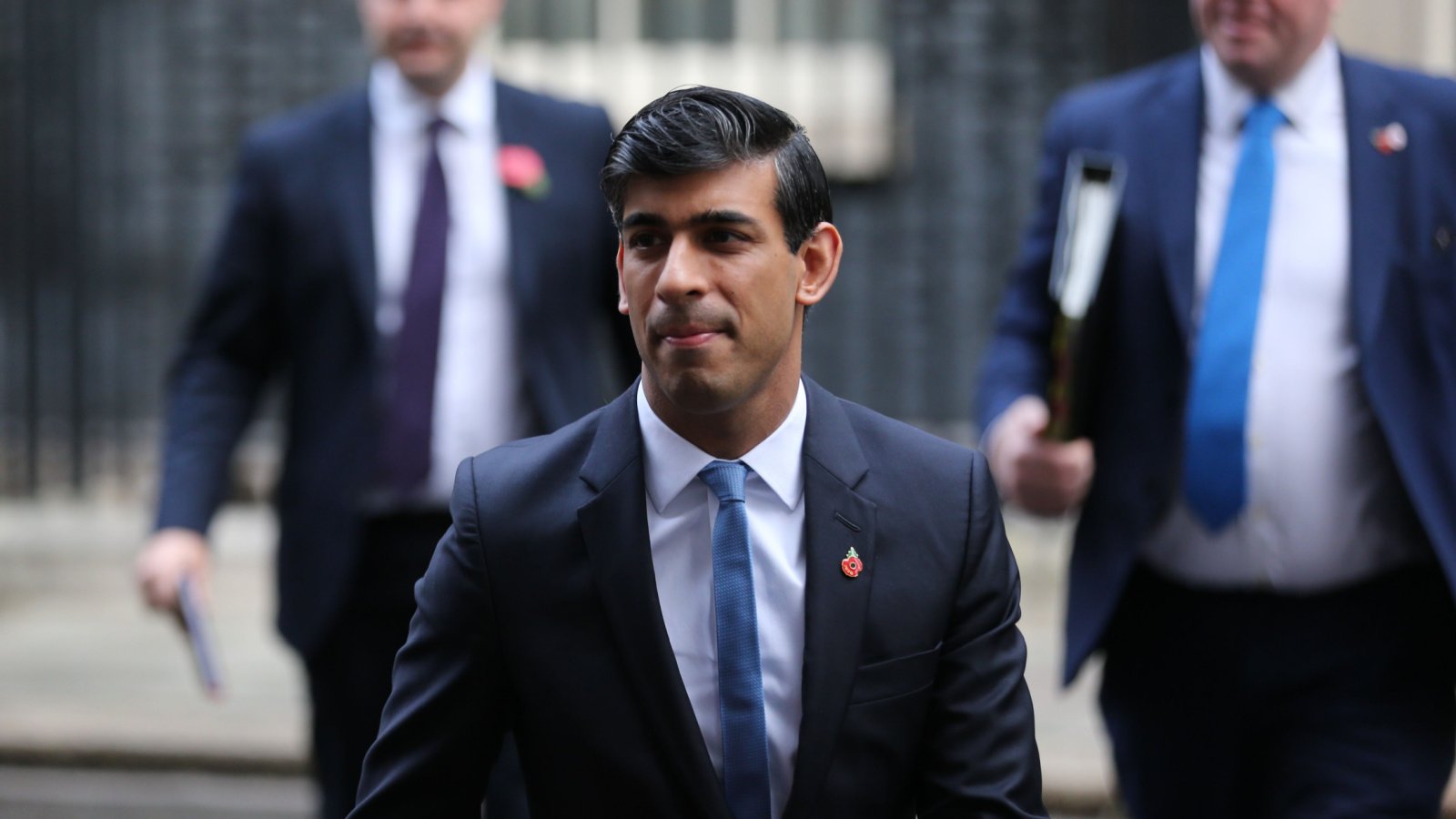
The UK retains a strong global military presence, supported by its nuclear capabilities and advanced navy. Its role in international coalitions and historical willingness to use military force underscores its commitment to maintaining global stability. Post-Brexit, the UK aims to project its power through a “Global Britain” defense strategy.
France

France’s military is capable of global deployment, with significant investments in nuclear arms, aircraft carriers, and a modern air force. It maintains a proactive stance in African security and counterterrorism operations in the Sahel region. France’s commitment to European defense autonomy enhances its strategic independence.
Germany
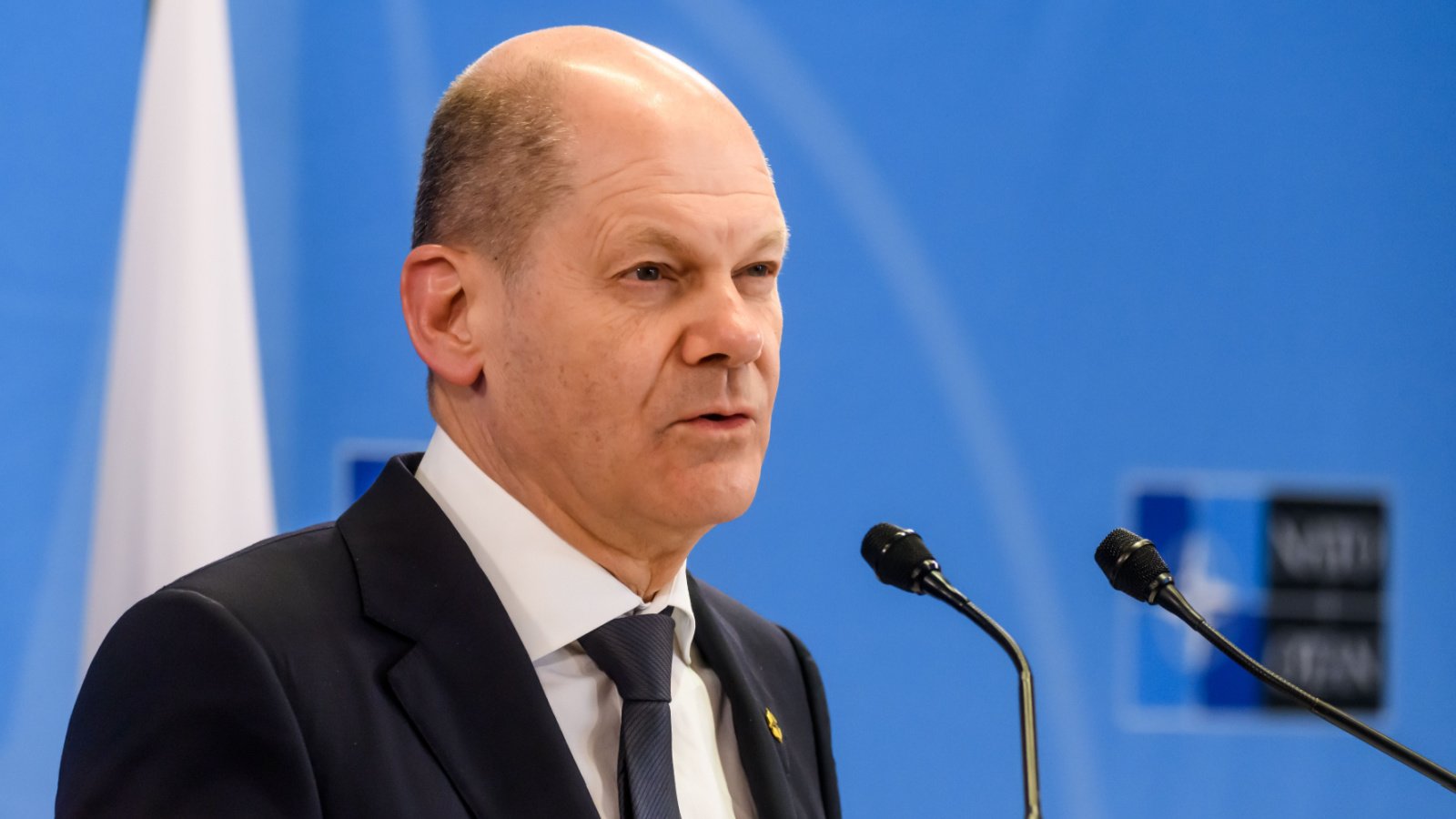
Germany’s role in international security has been expanding, with increased defense spending and participation in global peacekeeping missions. Its strategic location in Europe and leadership in the EU necessitate a strong military capable of addressing regional threats. Germany’s future military role is poised to grow in importance amid evolving geopolitical dynamics.
Australia

Australia is enhancing its military capabilities through significant acquisitions of submarines, fighter jets, and missile systems. Its strategic pivot to the Indo-Pacific region reflects growing concerns about China’s assertiveness. Australia’s alliances with the US and other democratic partners are central to its defense policy.
Brazil

Brazil’s military modernization focuses on enhancing its regional power status in South America. Its investments in submarines, jet fighters, and cyber defense aim to protect its vast natural resources and assert its interests. Brazil’s participation in international peacekeeping underscores its broader security commitments.
South Korea
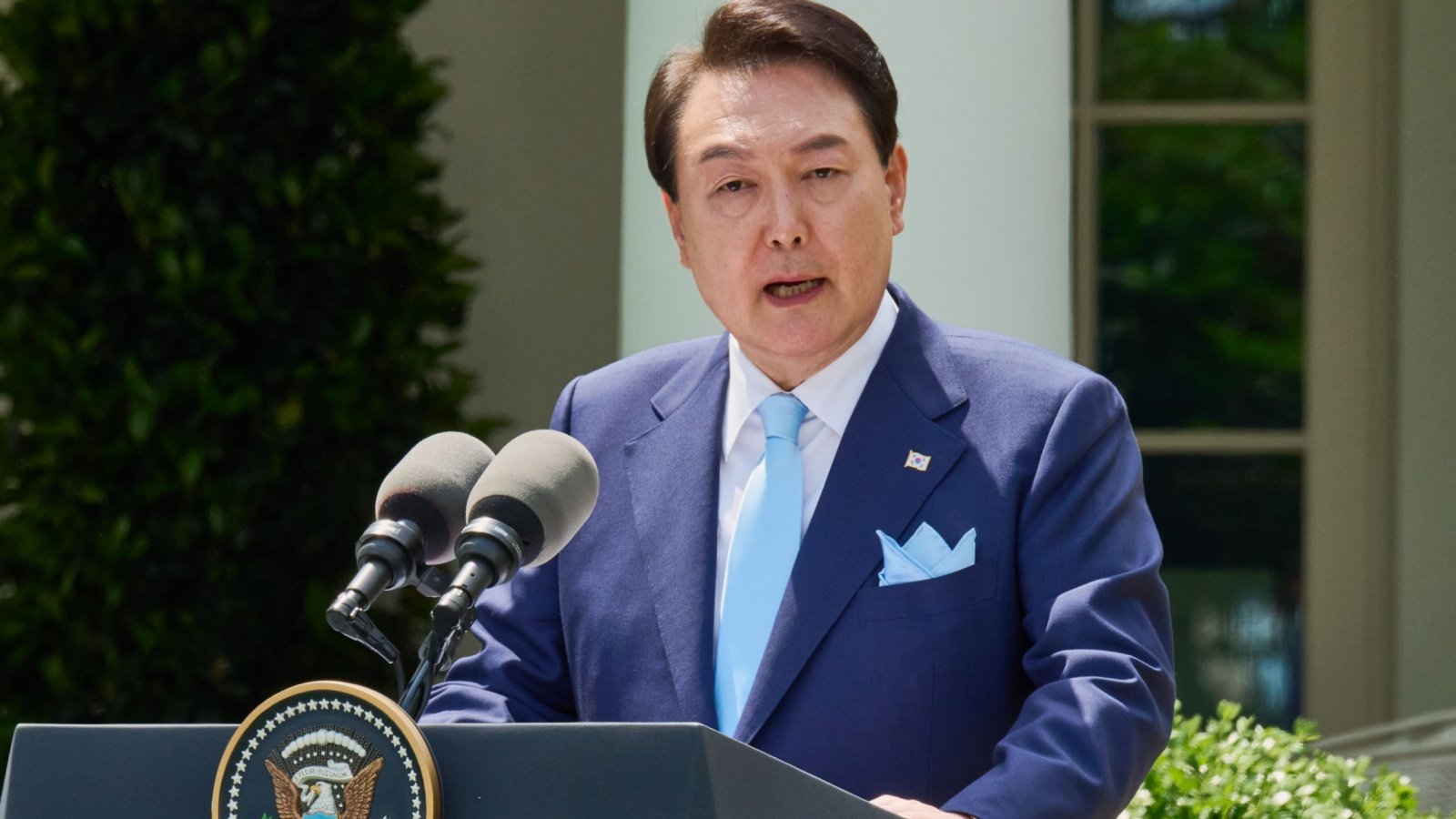
Faced with the constant threat from North Korea, South Korea maintains a large, well-equipped standing army and advanced technologies, including ballistic missile defenses. Its close military collaboration with the US enhances its deterrent capabilities against North Korean aggression. South Korea’s rapid technological advancements make it a significant military player in Asia.
Egypt

Egypt’s strategic control of the Suez Canal and its substantial military forces make it a pivotal player in Middle Eastern and Mediterranean security. Its extensive arsenal and ongoing military modernization, supported by US aid, secure its borders against regional threats. Egypt’s military also plays a crucial role in domestic and regional stability.
Nigeria

Nigeria’s military is engaged in multiple security challenges, including combating the Islamist insurgency of Boko Haram and addressing regional piracy. Its central role in West African stability is underscored by its participation in multinational military operations.
Indonesia
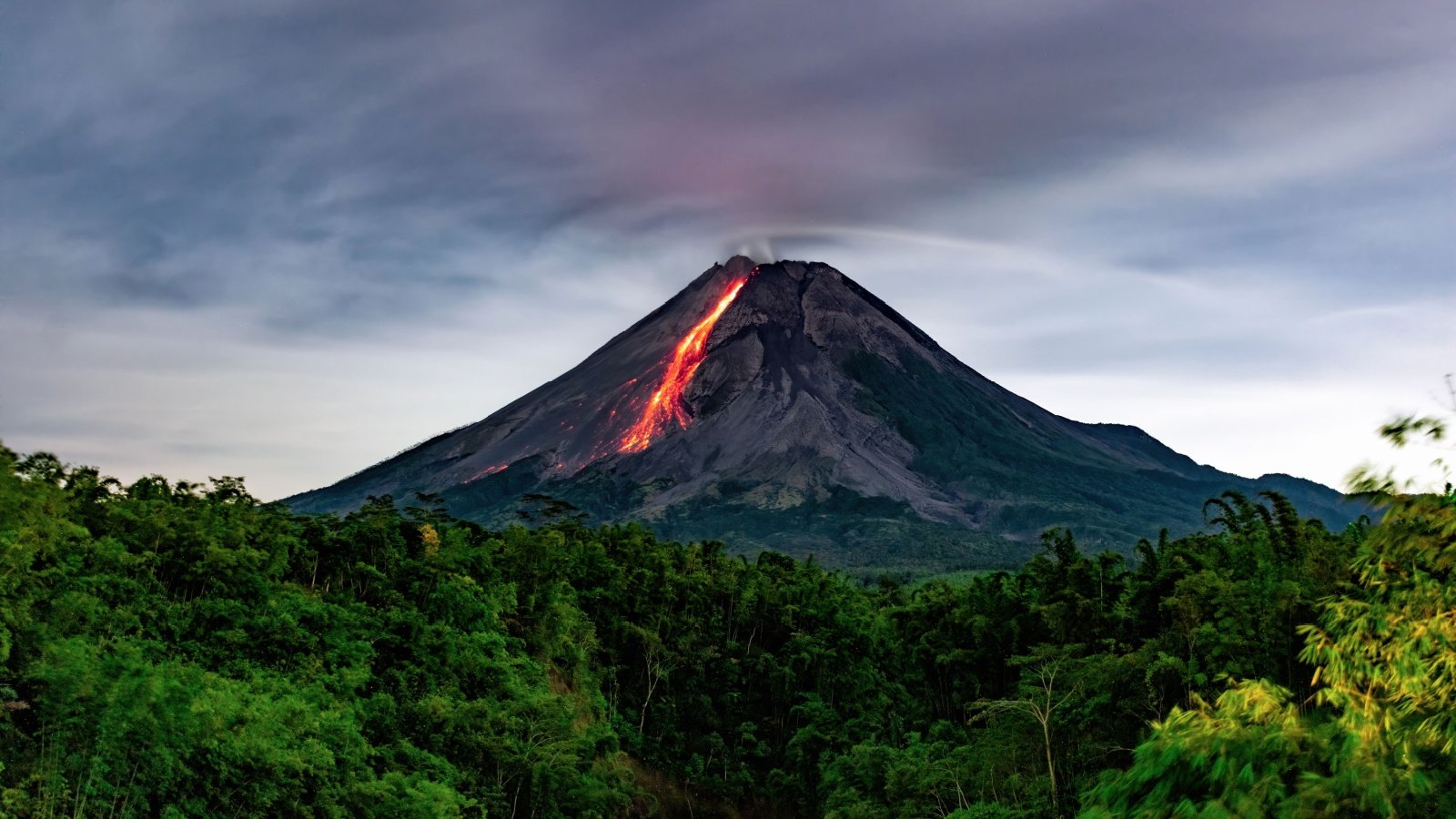
As the largest military force in Southeast Asia, Indonesia is focused on modernizing its defense capabilities to address challenges in maritime security and territorial disputes. Its strategic location on vital shipping routes necessitates a robust naval presence. Indonesia’s defense strategy is increasingly oriented towards deterring regional threats and enhancing its influence.
Sweden

Sweden’s military strategy has shifted in response to increasing regional tensions in the Baltic Sea, leading to a significant rearmament and conscription reactivation. Its investments in defense, particularly in anti-submarine warfare and air defense systems, reflect concerns about Russian military activities. Sweden’s enhanced military readiness aims to secure its sovereignty.
Canada
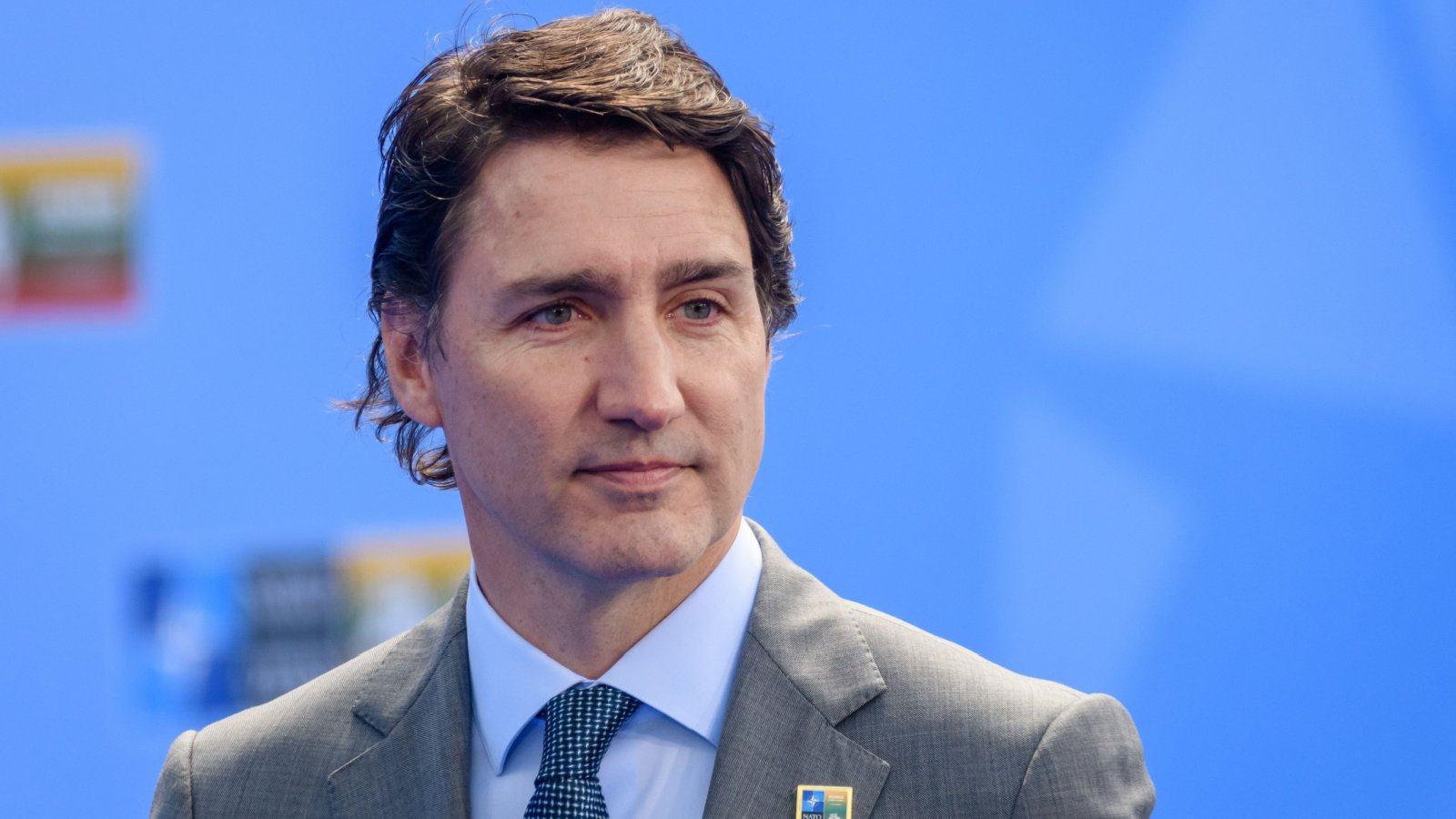
Canada plays an active role in global peacekeeping and is committed to meeting NATO defense spending targets. Its military is involved in various international missions, supporting efforts in the Middle East, Eastern Europe, and Africa. Canada’s strategic focus on the Arctic and cyber defense highlights its adaptability to emerging global security challenges.



